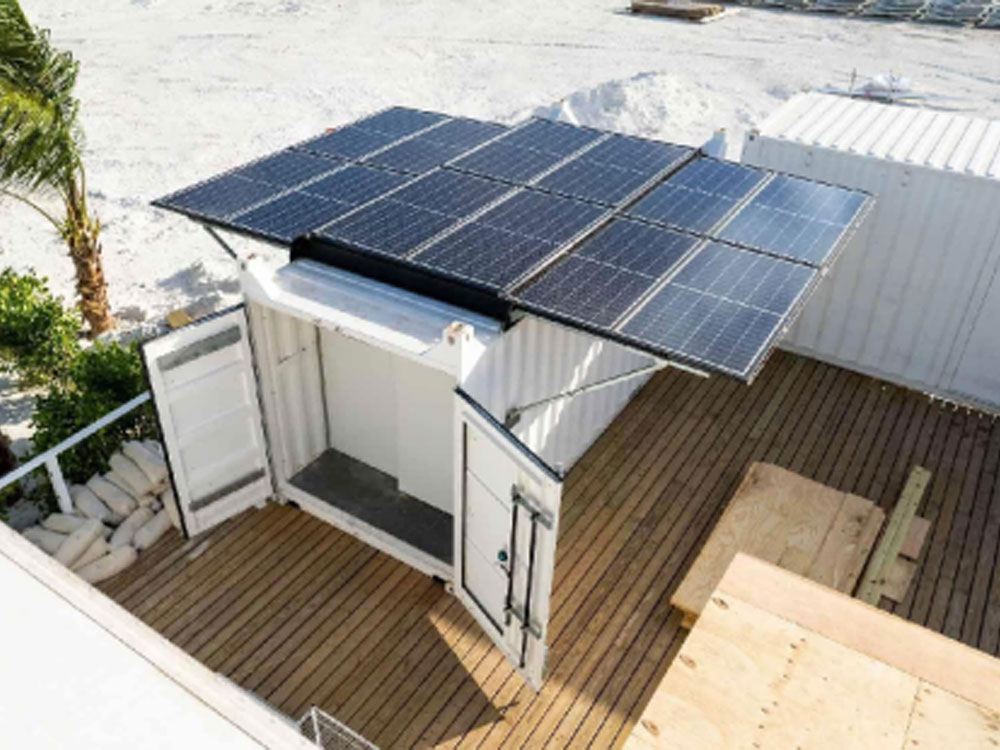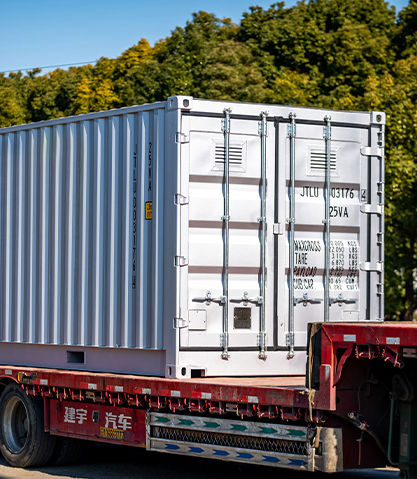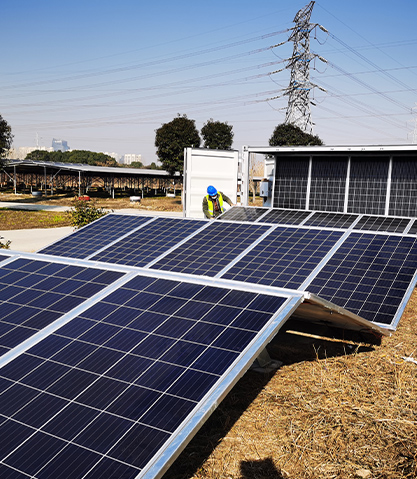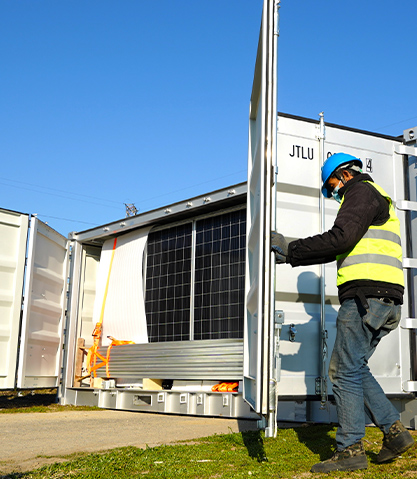A mobile solar power container is a self-contained energy system that integrates solar panels, battery storage, inverters, and other electrical components within a containerized structure. The design allows the system to be easily transported, rapidly deployed, and operated in locations where conventional power supply is limited or unavailable. These units combine mobility with renewable energy generation, making them valuable solutions for off-grid areas, remote work sites, emergency relief, and temporary installations.
Content
Core Components of a Mobile Solar Power Container
-
Containerized Structure
The system is typically built inside a standardized shipping container, which serves as both housing and protective casing. This design ensures durability, weather resistance, and ease of transportation by truck, ship, or air cargo. -
Solar Panels
High-efficiency photovoltaic (PV) modules are mounted on the container, either on fixed racks or foldable/extendable frames. These panels capture sunlight and convert it into direct current (DC) electricity. -
Battery Storage
To provide continuous power even when sunlight is not available, the container is equipped with lithium-ion or lead-acid battery banks. Stored energy allows the system to supply power during nighttime or cloudy weather. -
Inverter and Control Systems
The inverter converts DC electricity from the panels and batteries into alternating current (AC), which is compatible with most electrical devices and machinery. Intelligent control systems manage power flow, optimize charging and discharging, and monitor performance. -
Auxiliary Equipment
Depending on the application, mobile solar power containers may include backup generators, cooling systems for battery protection, and remote monitoring technology.
How a Mobile Solar Power Container Functions
The functioning process can be summarized in several steps:
-
Energy Capture
Solar panels collect sunlight and generate DC electricity. -
Power Conversion and Storage
The electricity flows through charge controllers to prevent overcharging and is stored in the container’s battery banks. -
Power Distribution
The inverter converts stored energy into AC power. The container then distributes electricity to connected devices, equipment, or local microgrids. -
Continuous Supply
When sunlight is unavailable, the system automatically switches to stored energy in the batteries. Some models include hybrid options with diesel generators for backup, ensuring uninterrupted power.

Advantages of Mobile Solar Power Containers
- Rapid Deployment – Plug-and-play design enables installation in hours rather than weeks.
- Portability – Standardized container size makes global shipping and relocation straightforward.
- Sustainability – Uses clean, renewable energy, reducing reliance on fossil fuels.
- Scalability – Units can operate individually or be connected to form larger power stations.
- Cost Efficiency – Lower long-term operating costs compared to diesel-only systems.
Applications
- Remote Communities – Providing electricity where grid access is absent.
- Construction and Mining Sites – Supplying power to temporary or mobile operations.
- Military Operations – Offering reliable, portable energy for field missions.
- Disaster Relief – Delivering emergency power quickly to areas affected by natural disasters.
- Events and Festivals – Supporting off-grid entertainment venues with clean energy.
Conclusion
A mobile solar power container is essentially a portable renewable energy station that combines solar generation, energy storage, and distribution in a containerized design. Its ability to function as a standalone, sustainable, and mobile power source makes it an increasingly important solution for modern energy challenges. From powering remote villages to supporting disaster response, these containers highlight how clean technology can be packaged for versatility and real-world practicality.

 English
English 中文简体
中文简体 عربى
عربى



